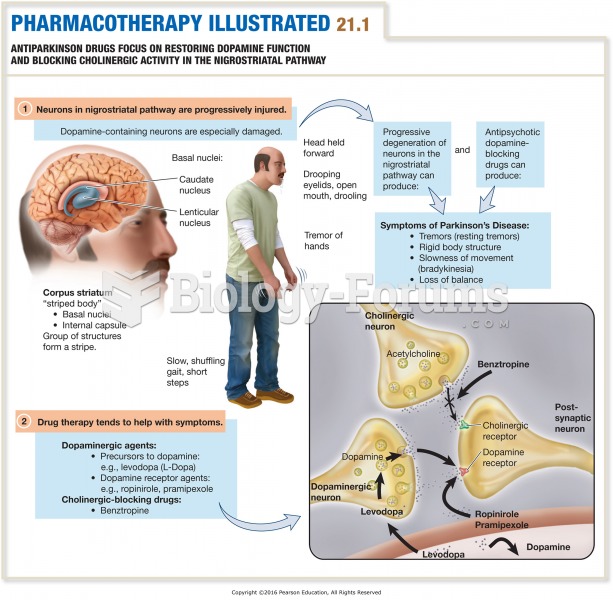Answer to Question 1
The era of grand church design began with the Benedictine abbey of Cluny in southeastern France, which launched a movement for monastic revitalization that witnessedwithin a period of 150 yearsthe construction of more than 1,000 monasteries and abbey churches throughout Western Europe. These churches employed round arches and a uniform system of stone vaults in the upper zones of the nave and side aisles and often preserved the Latin cross floor plans. The outstanding stonemasonry of the Normans created massive buildings with towers that could be seen for miles.
During medieval times, when economic revitalization allowed for freer travel, religious pilgrims traveled across Europe to visit the newly designed churches and the holy relics they housed. Since pilgrims, like modern tourists, constituted a major source of revenue for European towns and churches, parishes competed for them by enlarging church interiors and by increasing the number of reliquary chapels. These pilgrimage churches featured architectural innovations and space for medieval sculpture to flourish as well.
Answer to Question 2
As the Gothic cathedral became the focal point for an entire town, its architecture represented a clear break with the Classical past. Unlike the Classical temple, which seemed to hug the earth, the Gothic cathedral soared heavenward. It rejected the static, rationalized purity of the Classical canon in favor of a dynamic system of thrusts and counter-thrusts; and it infused form with symbolic meaning. The soaring, vaulted ceiling were made possible by the flying buttress.
Rather than rounded arches, Gothic cathedrals used an ingenious combination of rib vault and pointed arches. Whereas the rounded vaults of the Romanesque church demanded extensive lateral buttressing, the steeply pointed arches of the Gothic period, which directed weight downward, required only the combination of slender vertical piers and thin lateral (flying) buttresses. Instead of the heavy stone masonry, these cathedrals could feature areas of beautiful stained glass windows on the walls, adding to the lighter and airy interior space.







